Statistics from across the world indicate that slips and trips are a common problem. Claire Deacon PhD, Health and Safety Trainer with International Workplace, looks at how they can be avoided.
‘Oh no, not another article about slips, trips and falls’, I am sure you are saying! However, what appears to be such a common issue remains a serious one. The issue is the word ‘common’. People get tired of the same old thing being discussed, but perhaps that’s for good reason.
The Health and Safety Executive (HSE) reports that more than half a million workers sustained non-fatal injuries during 2022, of which 30% were from slips, trips or falls on the same level. The report does not determine if any of the fatalities were as a result of slips or trips.
The cost to the UK amounted to £7.6bn, an enormous amount that could have been put to better use. The International Labour Organisation (ILO) reports similar statistics, and its information is taken from member countries across the world. In Australia, 23% of claims were related to slips and trips, almost equally between men and women. In the United States, there were over 200,000 reported cases and 850 fatalities attributed to slips, trips and falls during 2020.
While the employer is mostly responsible for ensuring a healthy and safe workplace, in laws across the world, health and safety (H&S) is everyone’s responsibility. Reporting any situation that could lead to an accident is therefore very important.
Many employers have a vision of zero accidents. To realise the zero, one has to do an enormous amount of work. Frank Bird’s Accident Triangle, although dating back to the mid-1960s, is still very relevant, and is essentially one of the ways to reach zero. The theory was formed after analysing over 1.7 million accidents across 300 companies. The theory says, if not addressed, for every 600 near misses there will be 30 incidents, ten minor injuries and one serious or disabling injury. So, considering the numbers of injuries, one can do the maths to determine how many incidents there have been, doing similar activities with no outcome. Bird’s is not the only relevant theory, there are many around. Ultimately, it’s about whether H&S issues are being identified and addressed.
Part of ensuring a healthy and safe workplace is the need to do risk assessments. Risk assessments are pretty much the core of most legislation. Employers link risk assessments to every business activity, from board level to activities on a moment-to-moment basis. To do a risk assessment, one needs to have some idea of what the extent of the problem is. Some of the information that is needed to inform a risk assessment includes:
- How many near misses, incidents and injuries have occurred over the past year?
- Are the reported cases in a particular area?
- Has trend analysis been done, and is there any relationship to a particular type of work or workplace?
The risk assessments themselves are assessed for completeness and those who have drawn them up or reviewed them could be held accountable for anything that was missed. A relevant and reliable risk assessment is based on those pesky statistics and reporting trends. If no one has a good idea about what is happening in the organisation or in similar organisations, the outcome of the risk assessment could be insufficient. An insufficient outcome means that measures put in place could be insufficient.
Many employees don’t like to report what seems to be the obvious. A simple cable in the way, an overloaded extension cord, a cup of spilled tea. Each one of those near misses (an opportunity) mentioned could have resulted in an incident (loss of some kind) or an accident where someone has tripped, fallen and possibly broken a wrist or knocked their head. A simple paper cut could result in a nasty infection and a few days off.
I am told by many of my learners at training sessions that organisations have a number of reports that need to be made per day or per month. While a minimum number is a reminder, the driver should be linked to the value proposition that no one goes to work to get hurt. But between 20-30% of all accidents reported across the world show a different picture. If we link what Bird proposes, then very few near misses are being reported. When I ask why near misses aren’t reported the responses range from: ‘I feel stupid reporting something that is not an issue’, ‘Nothing happened, so why report it’, to ‘It makes me look bad with my colleagues’. Another factor is linked to fear – getting into trouble for doing something wrong.
Many organisations just want to limit any chance of someone being injured at work. Managers cannot work on the prevention of accidents if near misses and incidents are not reported, no matter how minor or insignificant it may seem. If the outcome has potential to injure a colleague, or even yourself, that should be the driver. Everyone has a role to play to prevent the near misses that could create the opportunity for someone to slip, trip or fall.
International Workplace’s Accident and incident report training course helps learners develop their understanding and skill set to be able to complete and process accident report forms, whilst improving their investigation techniques and practices.
Our Slips, trips and falls awareness training course explains the measures that employers and employees may need to implement to help prevent slips, trips and falls. It explores simple ways to control the risks of slips, trips and falls to help prevent accidents in the workplace.
You may also be interested in
RELATED CONTENT
RELATED CONTENT
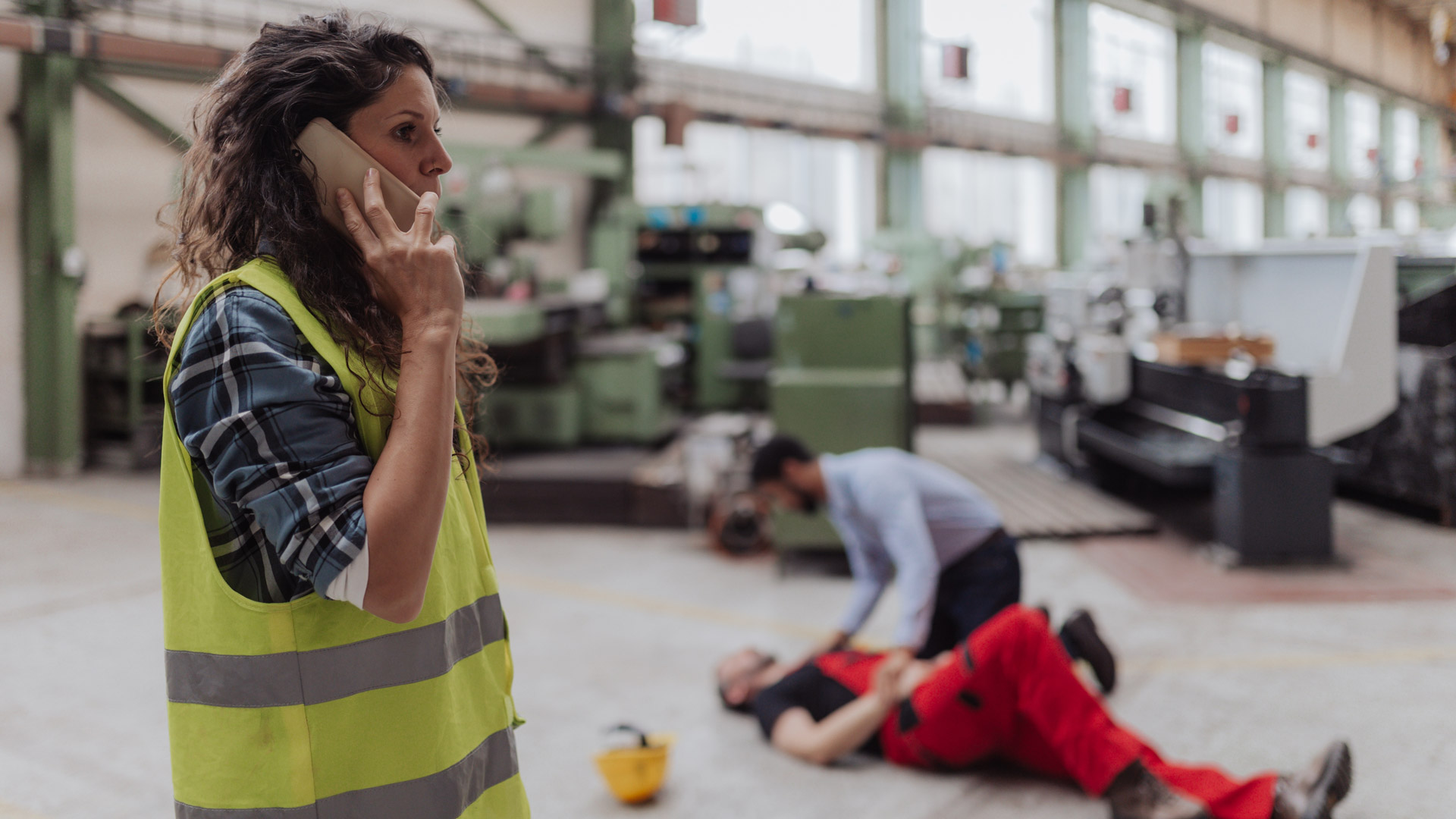
The Emergency first aid course offers learners the skills and knowledge to deal with emergency first aid situations at work.
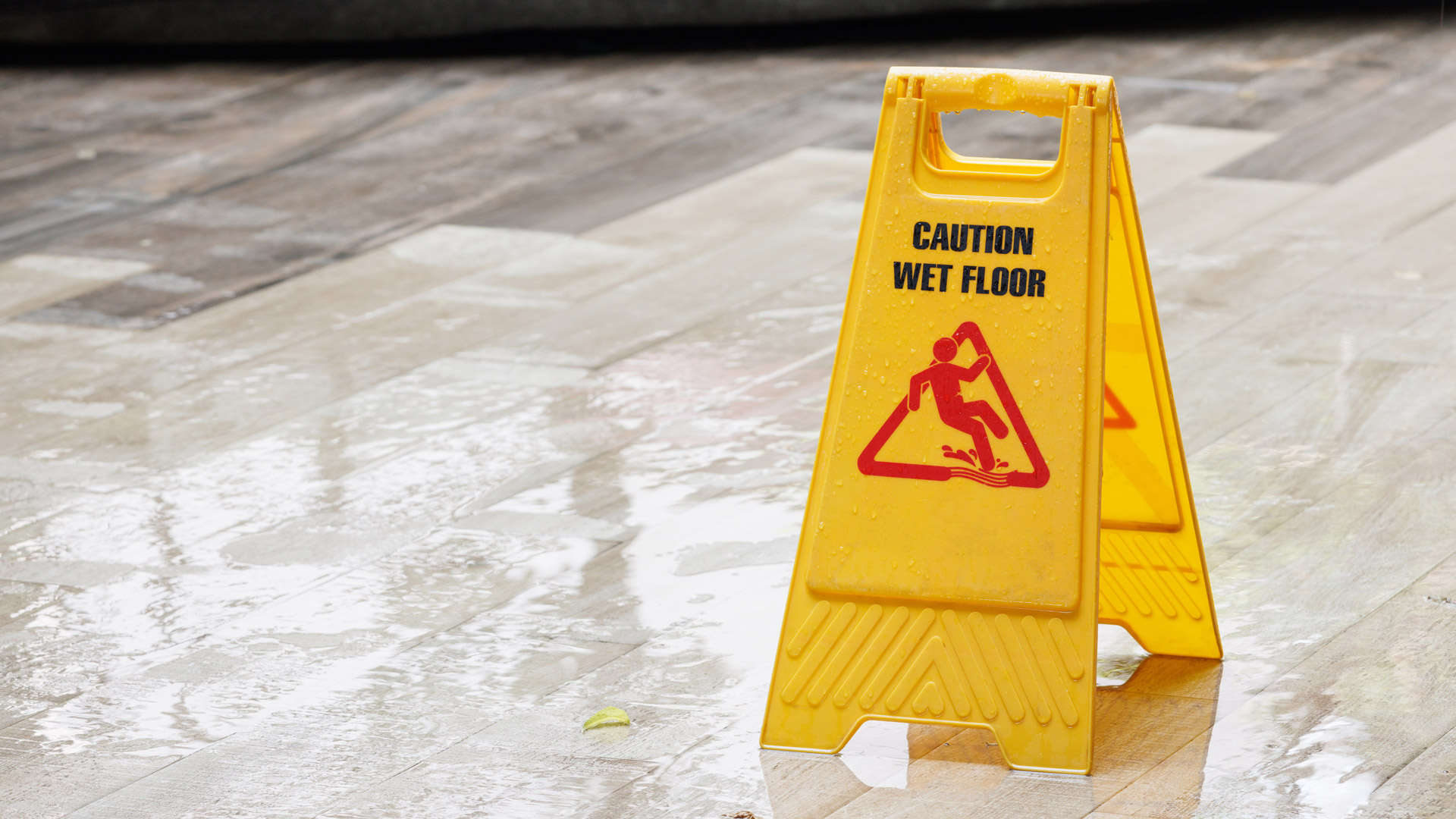
The Slips, trips and falls course explains the measures that can be implemented to prevent slips, trips and falls in the workplace.

Introduction to health and safety gives learners a basic introduction to managing safety in their workplace.
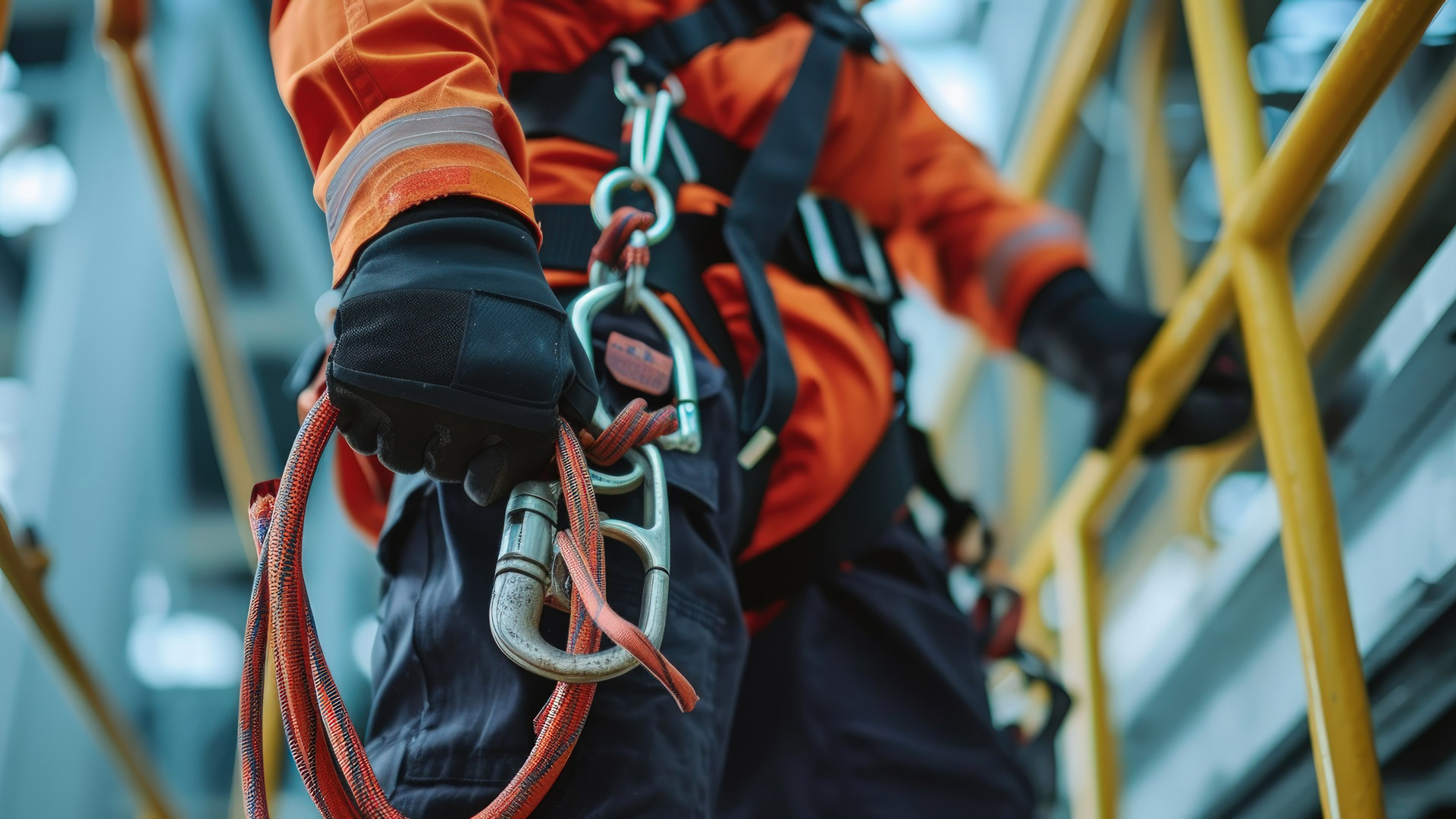
The Working at height course helps learners understand the dangers associated with working at height and ways to control the risks
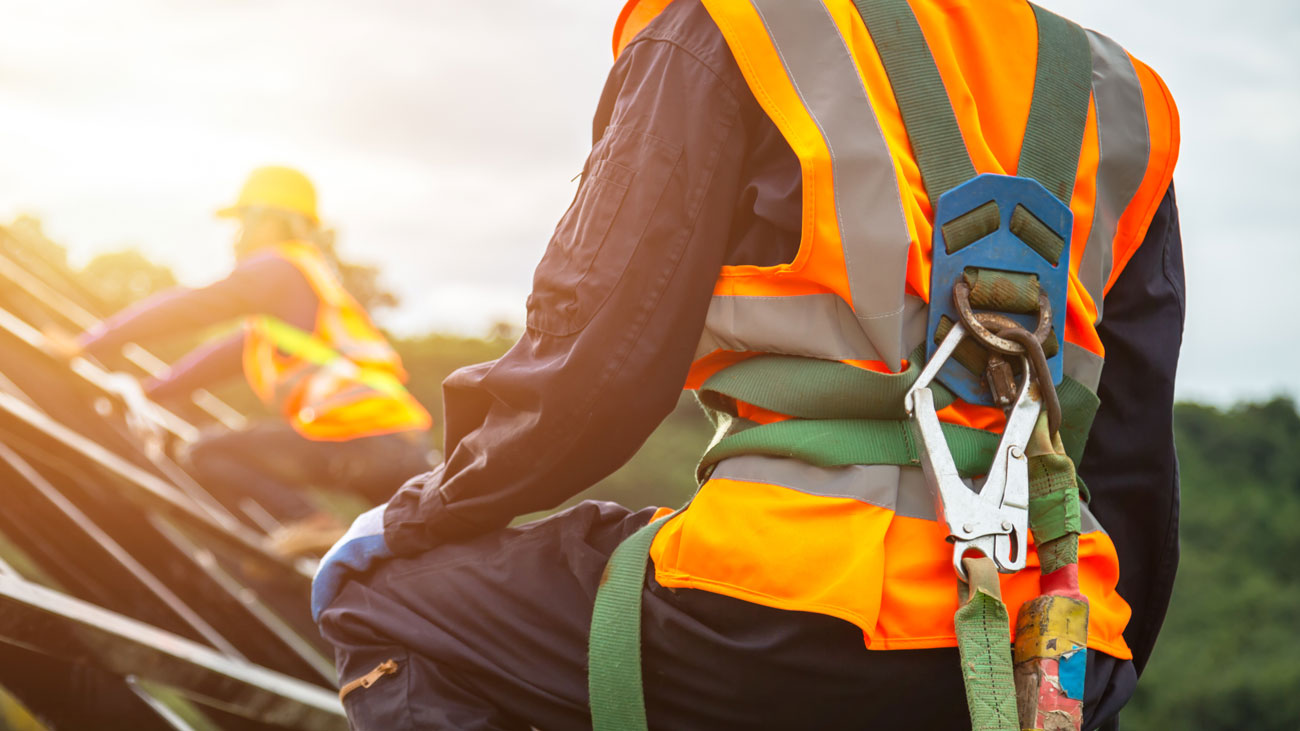
The Access Industry Forum (AIF), the forum that represents the principal work at height trade associations and federations, is calling for clearer rep...
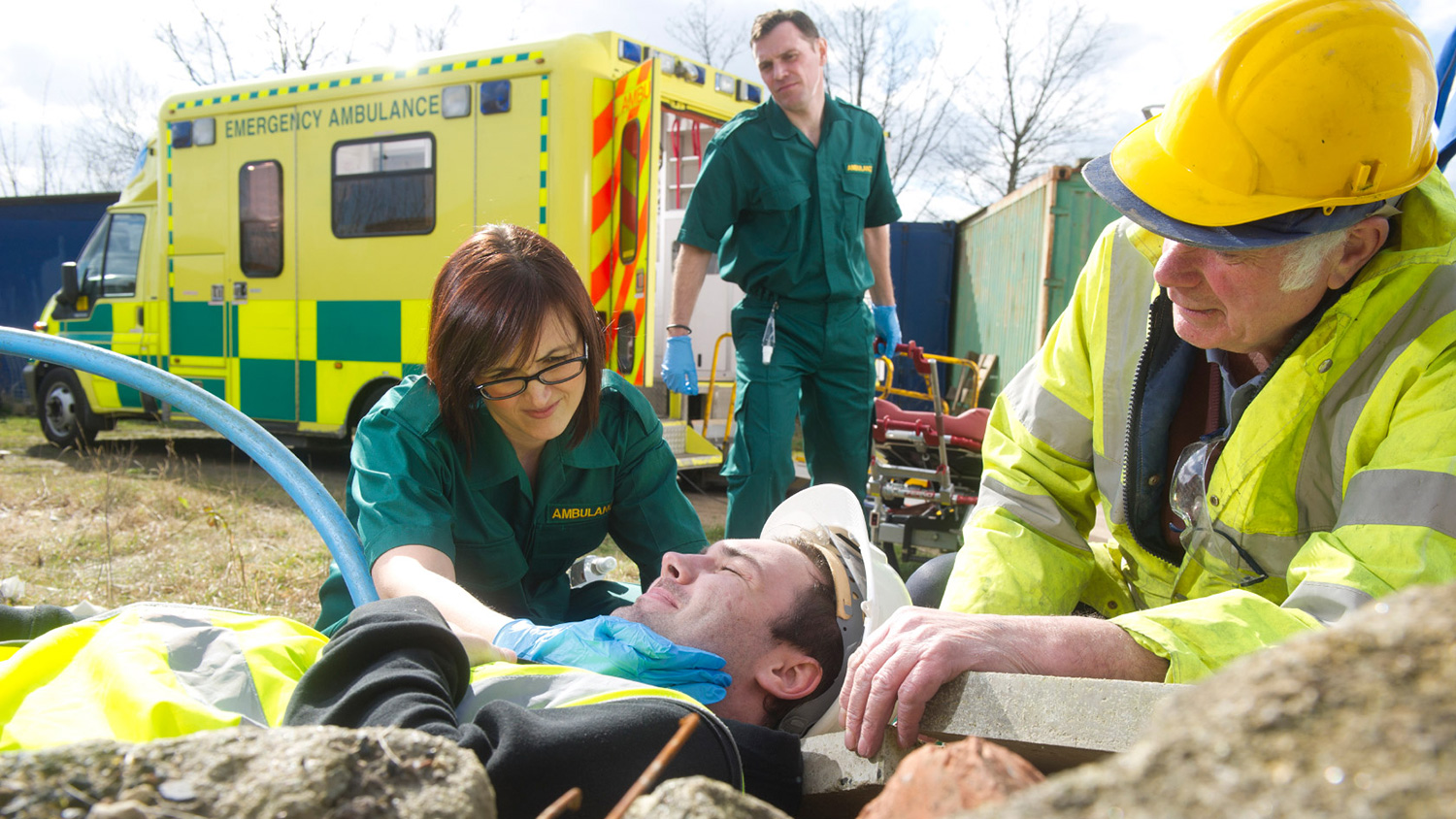
New IOSH President Stuart Hughes is calling on the profession to challenge itself to develop new ways of tackling the “unacceptably high” number of wo...

You may not realise it but there’s no legal duty on an employer to carry out an investigation into an incident in the workplace. But, says law firm rr...
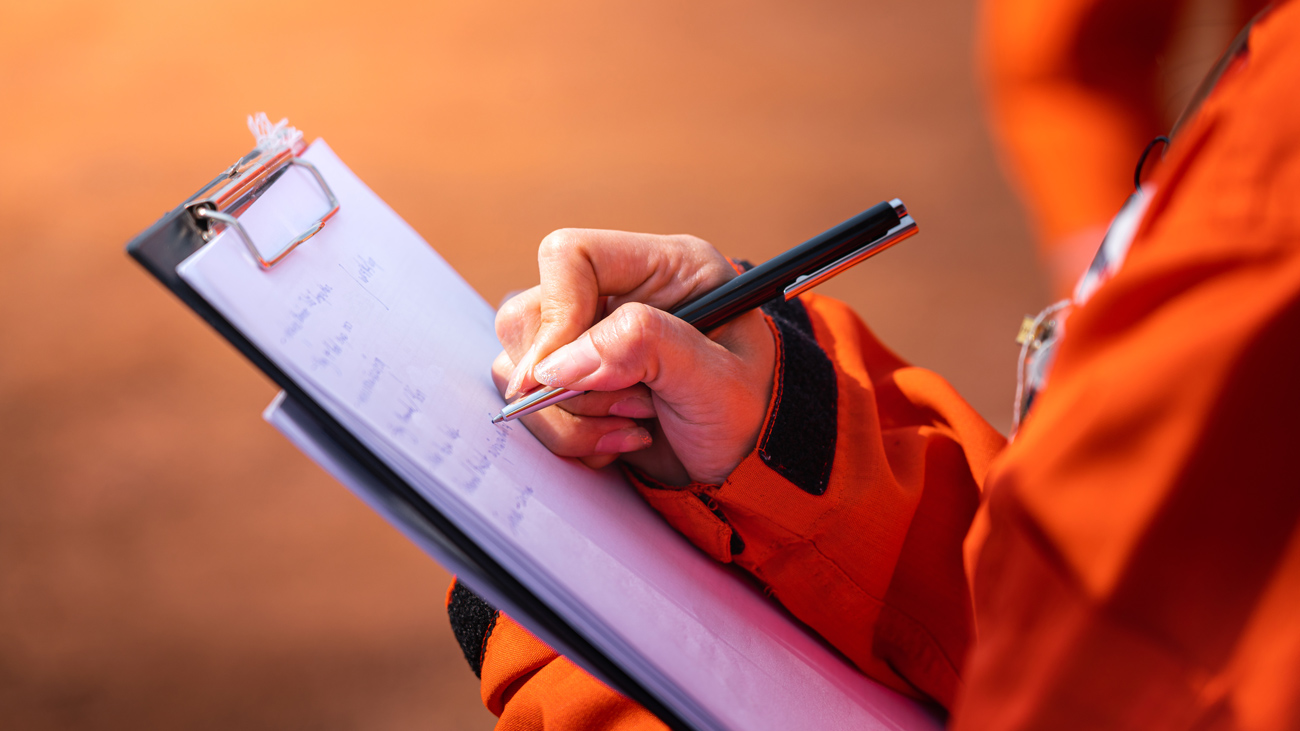
Employers are increasingly likely to go unpunished after workplace accidents it seems, as research by Prospect Union reveals the number of investigati...